
Quantum computers process information using quantum bits, or qubits, based on fragile, short-lived quantum mechanical states.

Quantum computers process information using quantum bits, or qubits, based on fragile, short-lived quantum mechanical states.
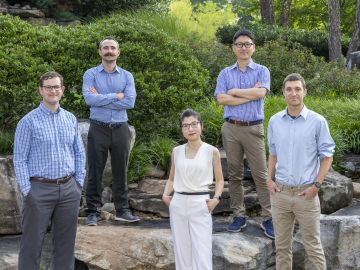
Since its inception in 2010, the program bolsters national scientific discovery by supporting early career researchers in fields pertaining to the Office of Science.

Ho Nyung Lee, a condensed matter physicist at the Department of Energy’s Oak Ridge National Laboratory, has been elected a Fellow of the Materials Research Society.
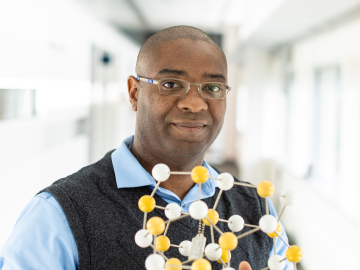
ORNL has been selected to lead an Energy Frontier Research Center, or EFRC, focused on polymer electrolytes for next-generation energy storage devices such as fuel cells and solid-state electric vehicle batteries.
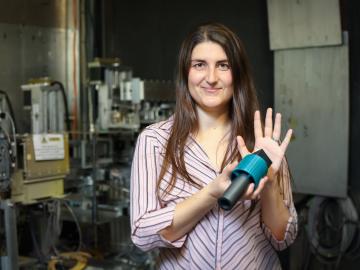
To solve a long-standing puzzle about how long a neutron can “live” outside an atomic nucleus, physicists entertained a wild but testable theory positing the existence of a right-handed version of our left-handed universe.
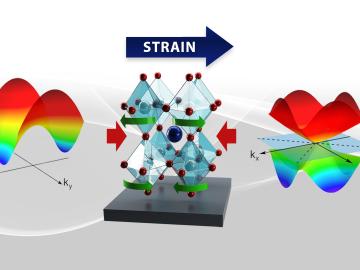
A team led by the ORNL has found a rare quantum material in which electrons move in coordinated ways, essentially “dancing.”
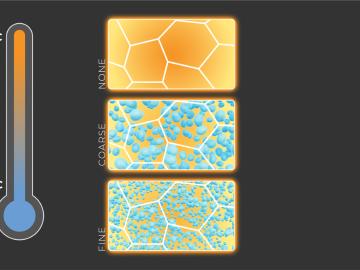
Scientists at ORNL and the University of Tennessee, Knoxville, have found a way to simultaneously increase the strength and ductility of an alloy by introducing tiny precipitates into its matrix and tuning their size and spacing.
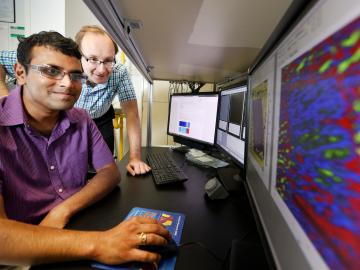
At the Department of Energy’s Oak Ridge National Laboratory, scientists use artificial intelligence, or AI, to accelerate the discovery and development of materials for energy and information technologies.
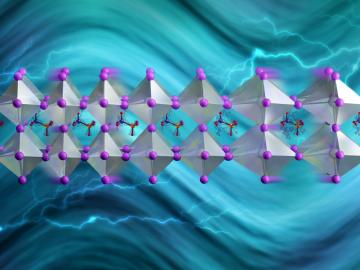
Led by ORNL and the University of Tennessee, Knoxville, a study of a solar-energy material with a bright future revealed a way to slow phonons, the waves that transport heat.
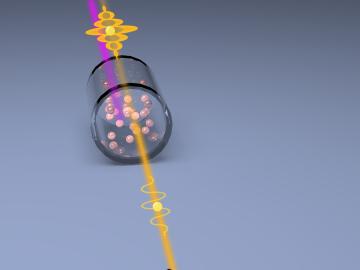
Researchers at ORNL used quantum optics to advance state-of-the-art microscopy and illuminate a path to detecting material properties with greater sensitivity than is possible with traditional tools.

